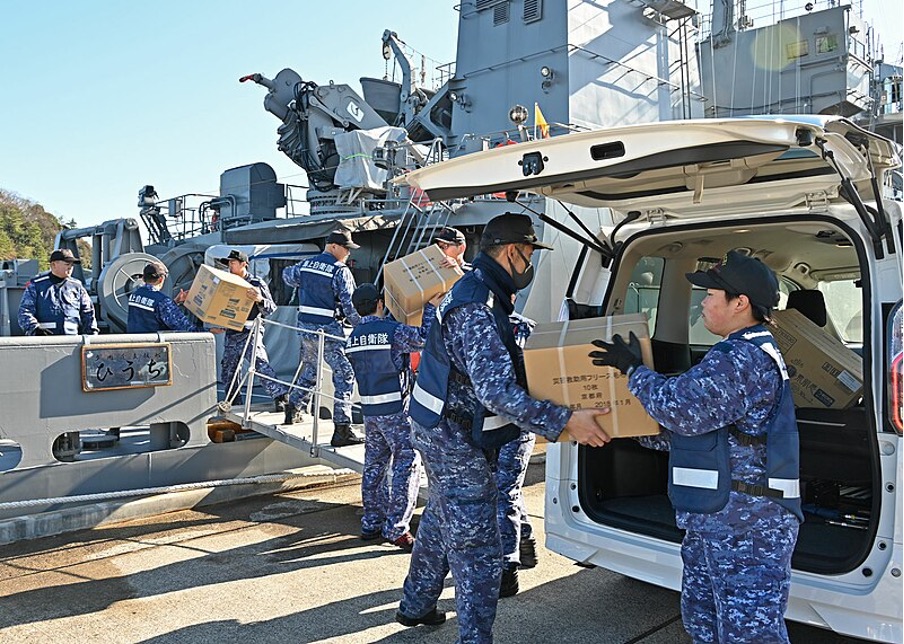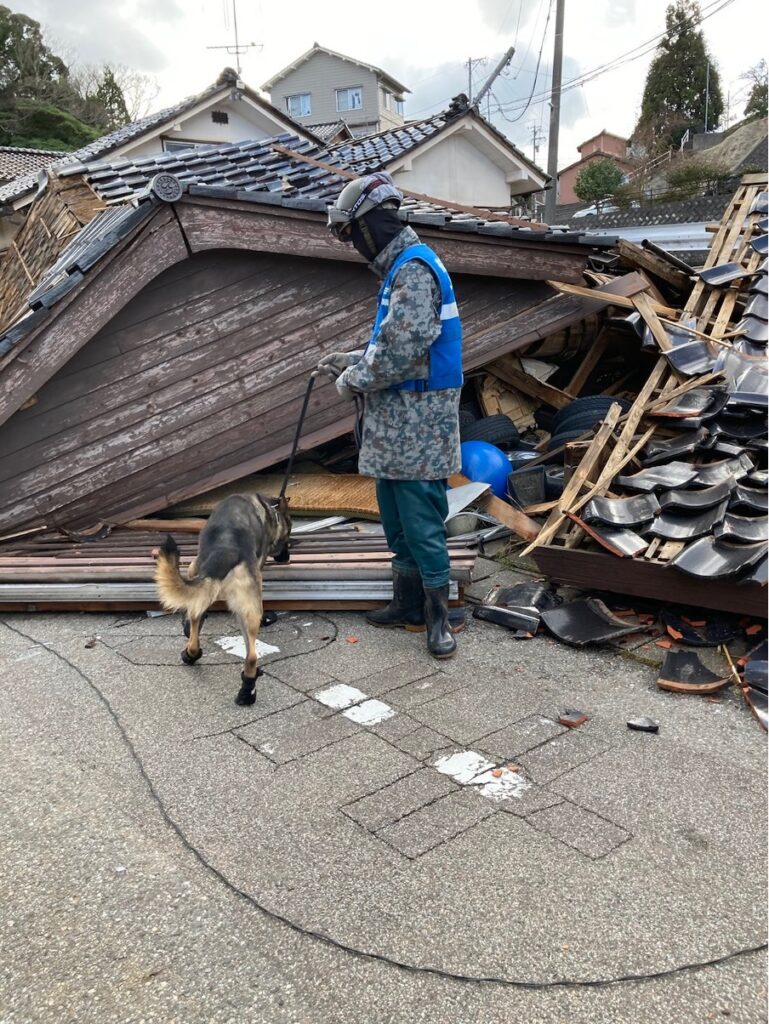Japan’s long history of earthquakes just added another tragedy on the 1st of January 2024. Japan was hit with a massive 7.6 earthquake on New Year’s Day at 16:10 JST (Japanese Standard Time). The earthquake took place in Wajima, Suzu, and Noto all small towns on the Noto Peninsula. The earthquake was followed by a tsunami, although most of the havoc and destruction already took place. Till now 126 deaths and 210 missing tolls have been reported in Ishikawa but the overall number of people injured across all locations is close to 500. It is considered the deadliest earthquake since the 2016 Kumamoto earthquake.
Following this tsunami, Japan issued one of the major tsunami warnings since the 2011 earthquakes that were followed by a 14ft (2.4m) tsunami. Although the expected tsunami that came was not as devastating as the one that took place in 2011 on the North Eastern coast of Japan taking the lives of 18,000 people, it was the first time in 13 years Japan expected such a deadly tsunami.

Impact
In the wake of the devastating disaster, rescuers are now trying to find 242 people that went missing. In the remote peninsula of Noto, the death toll is as high as 92. As many as 4600 people have been displaced and need rescue and relief, while up to 30,000 people are in shelters. The Japanese Self-Defence Forces are doing everything they can to give relief to survivors and rescue as many people as possible. In places such as Wajima and Suzu, many people are still trapped under the rubble of collapsed buildings. The disaster has left thousands of residents without electricity, water, food, and other necessities and there a many people who are completely isolated and trapped because of blocked roads caused by landslides.
Japanese Prime Minister Fumio Kishida assures that official efforts for rescue and relief will continue with zeal and that the government will not be giving up even after the 72-hour search for missing and injured people. Japanese Red Cross Society member Musubi Yata informed that the biggest challenge in helping people is blocked, collapsed roads, and landslides. As the condition of the roads is so severe sometimes it becomes necessary to stop rescue activities and withdraw. As informed by Japan’s Land Ministry, almost up to 296 acres have been flooded due to the tsunami caused by the earthquakes. Following the disaster on Monday evening, Japan will be spending revenues of 4.74 billion yen which is 34 million dollars in rescue activities.
Wajima accounts for a large number of deaths compared to other regions and this is due to its lack of adaptation to housing regulations introduced in 1981. This region’s residents are largely elderly populations who have built their houses before the regulations came to be. A lot of the elderly population have not adapted to the new housing regulations and have stuck to wooden homes because of a lack of financial capacity to do so. Suzu is another such town, with a population of about 13,000. According to its Mayor Masuhiro Izumiya, almost none of the houses around the town have survived.

Japan’s Resilience Against Earthquakes
The ‘Earthquake Resilient Japan’ might not be as resilient with the elderly and those living in rural and remote communities as it is for those living in the major cities. The at-risk communities around Japan also lack enough preparedness for sudden disasters. The disaster on New Year’s Day is a testament to that. Elderly people in rural communities live in houses that can be older than 50 years and are not earthquake-safe. The 2024 Noto Peninsula Earthquake also made it apparent that the social and economic impact on the aging and isolated community will be long-standing.
Despite many shortcomings, Japan is still one of the most advanced countries when it comes to making precise calculations of how the land is moving. All across the country many GPS points monitor the movement of the earth and warn of any potential danger. Japan invests massively in making its infrastructure earthquake-resilient and also in keeping the citizens educated as to how to respond and conduct themselves when such events occur. Also, the early warning systems that warn people of incoming earthquakes 10 to 20 seconds in advance save many lives.
Written by – Sangeeta Behera
Edited by – Shamonnita Banerjee
